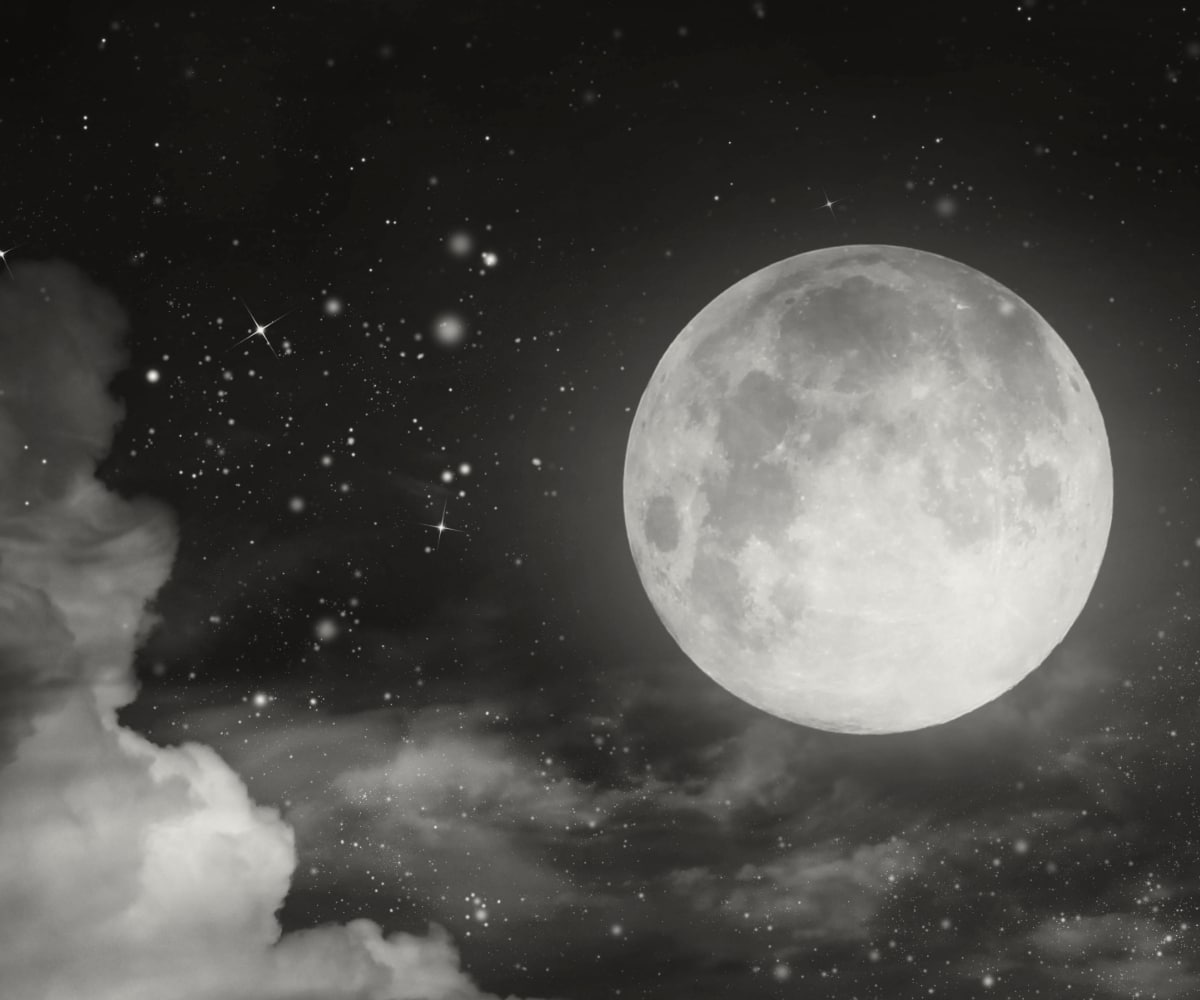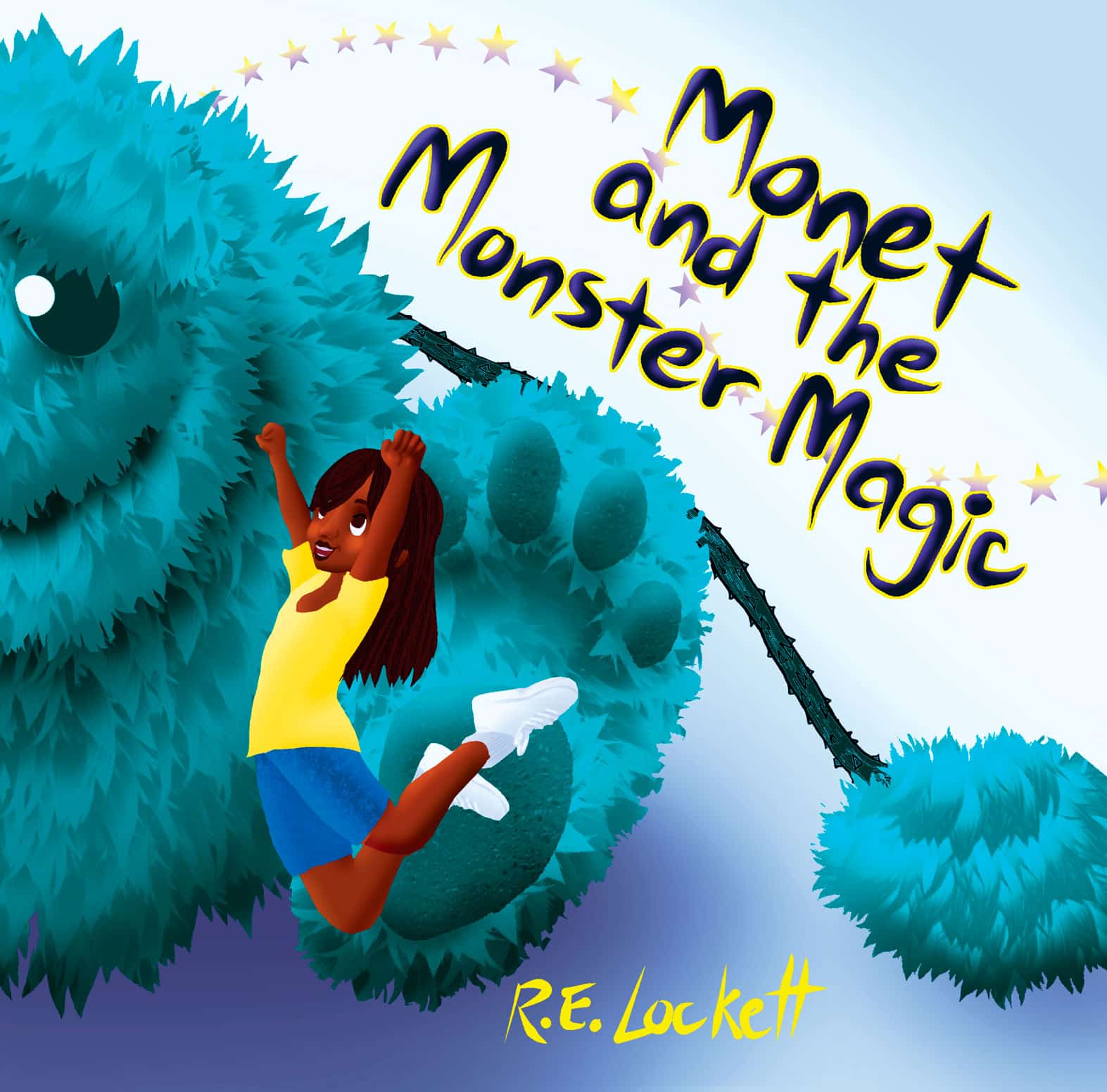Your cart is currently empty!
The Moon is a Harsh Mistress: A Science Fiction Masterpiece

in
Disclaimer: This post may contain affiliate links for books we recommend. If you make a purchase through these links, at no additional cost to you, we may earn a small commission. See our full Terms of Use here.
The Moon is a Harsh Mistress by Robert A. Heinlein stands as one of the most influential science fiction novels ever written. Its anti-hero, a supercomputer who revolts against his human captors, leads an uprising. It puts forth an argument about how to run society that has resonated with readers for decades. For science fiction, few novels can compete with its genius.
First published in 1966, this seminal science fiction novel is one of the genre’s greatest and most influential works of all time, proving Heinlein’s place as one of science fiction’s heavyweights. With its combination of fantastic plot and wonderful characterization, it’s no wonder that The Moon is a Harsh Mistress has withstood the test of time and remained relevant in so many ways. Here’s a look at why this classic novel has stood the test of time and continues to influence generations of writers and readers alike.
Writing Style used in The Moon is a Harsh Mistress
The style that Heinlein employs in The Moon is a Harsh Mistress is his own blend of formal and informal writing. He writes informally yet uses extremely formal words. This may seem confusing at first, but it makes sense once you read more of his work. This combination gives readers a feeling of sophistication when reading his work. He also makes complex topics simple and easy to understand, making sure that everyone can understand what he’s trying to say. A fair dinkum writing style, to be sure.
Heinlein uses his varied language and colorful descriptions to bring Luna (and many other locales) to life. The tone and cadence are also spot-on, feeling like a collection of letters penned by would-be revolutionary Mannie—rather than through mere exposition by an omniscient narrator. Even more impressive than his story craft is Heinlein’s timeless theme of liberty as exemplified by Mannie and Mike. He creates two lovable characters that represent opposing sides of a then-prominent debate on individual rights vs. community good; it doesn’t matter which you side with, because either way it’s a powerful statement about democracy and equality that transcends any issue or time period.
Subject Matter
Published as part of his Future History series, The Moon is a Harsh Mistress uses science fiction as an allegory to describe and explore existentialist philosophy. The plot primarily revolves around what it means to be human; its themes center on liberty, individualism and freedom from oppression through revolution. In particular, some characters ask whether humans are made to live under authority or with complete freedom.
Heinlein skillfully combines classic literature with themes that would later form into modern science fiction tropes such as artificial intelligence and libertarian ideology. Through one character’s constant refrain, the author clarifies that there is no place in society for violence, murder, or forceful enslavement of people. In effect, he encourages readers to analyze our own potential use of force against other people when exploring these questions about individualism and freedom. Throughout his work, Heinlein masterfully weaves technology into everyday life while simultaneously highlighting social progress in both modern medicine and women’s rights. While many stories relied on gender roles and stereotypes, Heinlein instead created strong female characters who challenge society’s traditional views of gender norms.
At its core, The Moon is a Harsh Mistress encourages us to question our understanding of self-determination and how far humanity can advance without losing our capacity for moral decisions. With each new generation comes new philosophies and influences, but how well do they stand up over time? And how will history judge them? Overlooked by many since its initial publication 50 years ago, Robert A. Heinlein has crafted a story that perfectly explores notions surrounding morality and existence, leaving room for discussion long after you close your copy.
Literary Importance
Written in 1966, The Moon is a Harsh Mistress offers readers an interesting look at how science fiction was viewed when it was written. This is true not only because of its age but also because it was written by Robert Heinlein, one of science fiction’s most influential authors. While there are many books that are more current and feature more advanced technology, few books can compare to The Moon is a Harsh Mistress in literary importance. This novel deals with many controversial subjects including artificial intelligence, nanotechnology, genetic engineering, cybernetics, eugenics and more—topics that were very much in vogue during Heinlein’s lifetime but have since become outdated.
Reading such a classic might seem like a chore for someone who has grown up on shows like Star Trek and Star Wars or books like Ender’s Game or even works by Orson Scott Card, but anyone who views science fiction as nothing more than action adventure must read The Moon is a Harsh Mistress to gain some perspective on where we started. Besides providing historical value, Heinlein writes beautifully. His attention to detail allows readers to experience his setting rather than simply imagine it, which makes for highly immersive reading despite some potentially dry subject matter.
Because of its relative obscurity, learning about The Moon is a Harsh Mistress may come as something of a shock. If you are already familiar with Robert Heinlein, however, then you will be delighted to find one of his best-written works on a list of lesser-known novels. I encourage you to look at his work if you haven’t already. If that means buying an old used copy, then do so without hesitation!
Books That Take Inspiration from The Moon is a Harsh Mistress
There are hundreds of thousands, if not millions, of books that have been written over the years. Many authors cite Heinlein’s novel as one of their biggest influences in science fiction. I mean, just look at how many major award-winning novels were influenced by The Moon is a Harsh Mistress: Dune; Blindsight; Saga; Altered Carbon. It’s also influenced TV shows and movies such as Futurama and Doctor Who. If you want to write in any genre or medium and haven’t read Heinlein yet, then start with his most famous book—it will give you an appreciation for classic sci-fi while also showing you what’s possible with a little imagination!
There are several science fiction books that take inspiration from The Moon is a Harsh Mistress. Some, like Robert Charles Wilson’s Spin, Larry Niven’s The Integral Trees, and even Alan Moore’s comic book V for Vendetta, contain plots that have some similarities to Heinlein’s work. Others bear more subtle similarities; Iain M. Banks’ Culture series mirrors closely Heinlein’s post-scarcity society based on general abundance provided by technology. Perhaps most interesting of all is Brian K. Vaughn’s Saga, which has direct reference to The Moon is a Harsh Mistress in dialogue within its first issue.
That being said, Heinlein’s masterpiece isn’t as influential as it once was—that crown now belongs to George Orwell’s 1984. You’ll find many modern references to his work throughout literature even so—including Orson Scott Card’s Ender’s Game and William Gibson’s Neuromancer.
Lasting Legacy
While readers have noted that there are dated aspects to Heinlein’s writing (such as his use of some racist language), many feel that The Moon is a Harsh Mistress can still be appreciated as one of science fiction’s most significant novels. Today, many consider it not only an important work in the genre but also one of his best.
Though there are some elements which wouldn’t fly if included today; there are some tropes common in older science fiction which were subverted here instead. The point-of-view characters we see things through aren’t often protagonists; they’re what could be called secondary characters and I think he makes them sympathetic without making them passive — again, rare for writers at any time period. These are people who matter even if their roles aren’t central to story and any conflict takes place around them rather than with them directly involved.
There’s nothing wrong with either approach, just pointing out how far outside normal conventions (for both mainstream literature or sci-fi) Heinlein was willing to go. He was willing to take risks within his craft, and he knew when those risks would pay off. That doesn’t mean The Moon is a Harsh Mistress doesn’t get bogged down sometimes. Some sections drag on for too long before getting back on track, but it’s worth reading by anyone interested in classic works of American literature or well-written science fiction stories.
Predictions
As with any writer, it’s the work that leaves the legacy. For science fiction writers, the predictions that come true often mark that legacy. Even in his time, we knew Heinlein for his accurate visions of futuristic technology. The lunar rovers and space stations he depicted so accurately in Stranger in a Strange Land still amaze today and stand as testament to Heinlein’s literary ability and creative genius.
In The Moon is a Harsh Mistress, we see Heinlein playing to his strengths yet again—predicting technological advances centuries before we realize them. What’s most impressive about Heinlein’s portrayal of lunar society is how realistic and full-bodied he makes it seem—as if such a society would not only be possible but likely given enough time. His characters and their predicaments don’t seem outlandish because of a future backdrop; instead, they are genuine people facing actual problems within an entirely realistic society.
This well-rounded portrait of life on our satellite gives us insight into ourselves even while taking us far into humanity’s future. From politics to family relations to economics, there is no area Heinlein fails to touch upon in The Moon is a Harsh Mistress, making it one of his strongest books from both critical and commercial points of view. This certainly holds true today; perhaps more than ever before. Years after its initial publication, readers can continue finding inspiration for survival in one of literature’s finest works.
Certainly deserved recognition as one of Robert A. Heinlein’s greatest novels, as well as a classic example of hard science fiction and commentary on government, The Moon is a Harsh Mistress proves itself worthy of close study for countless generations to come.
-R.E.

